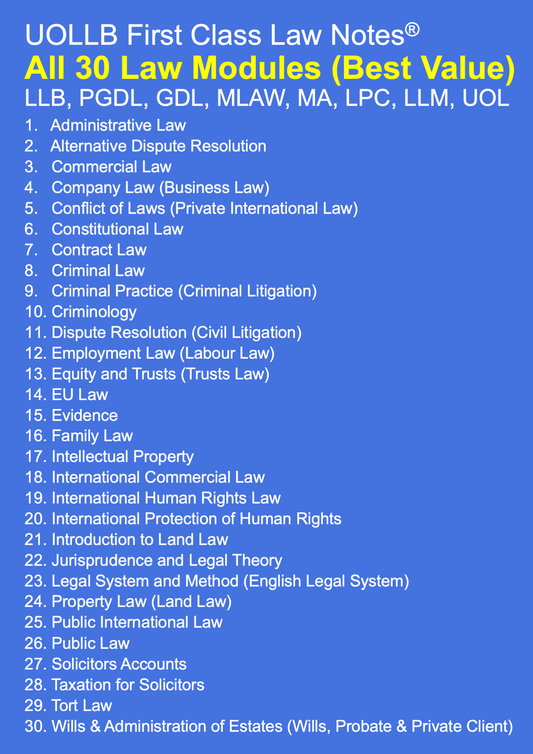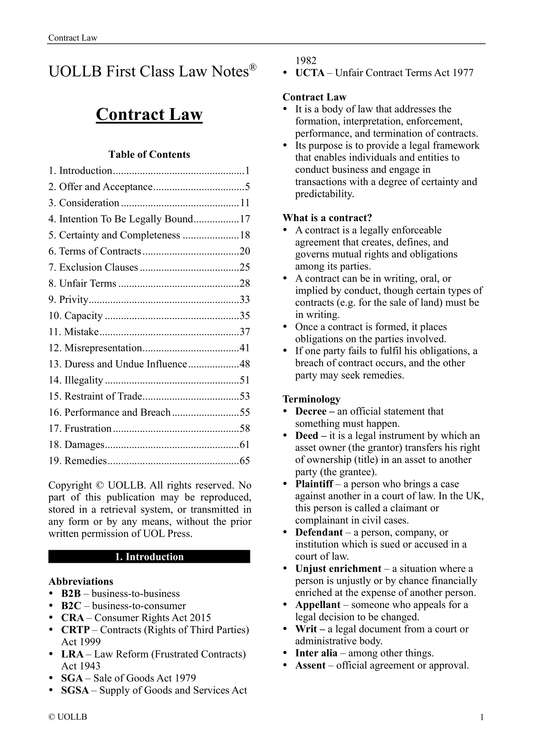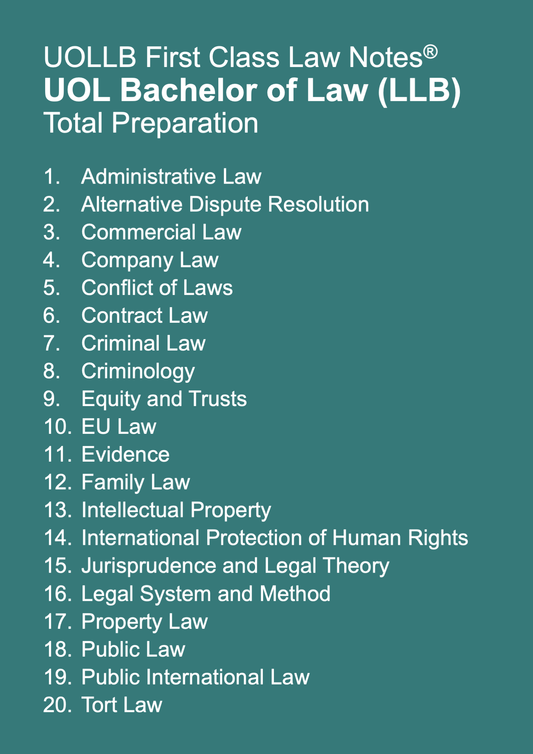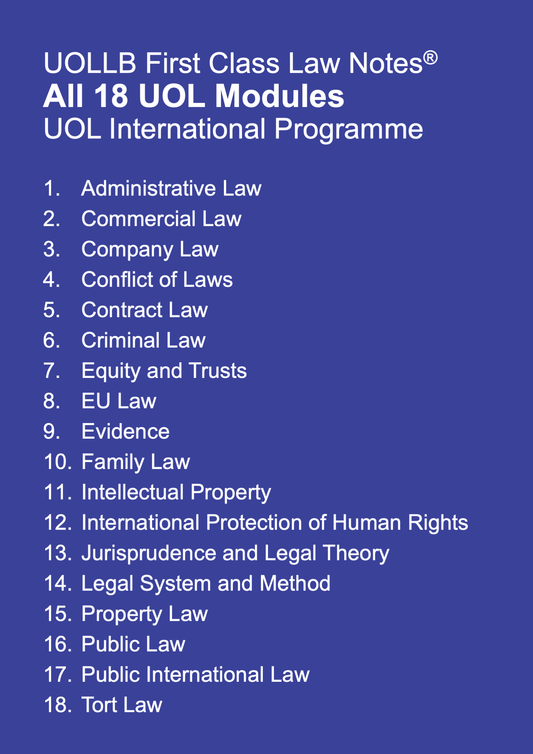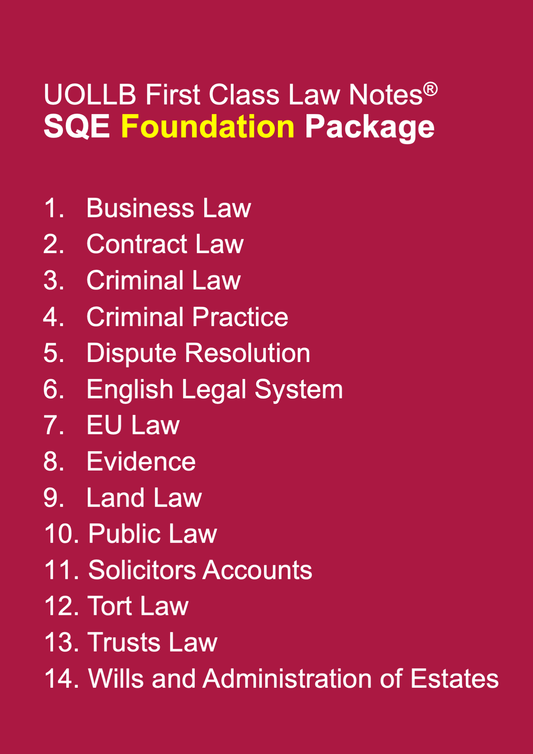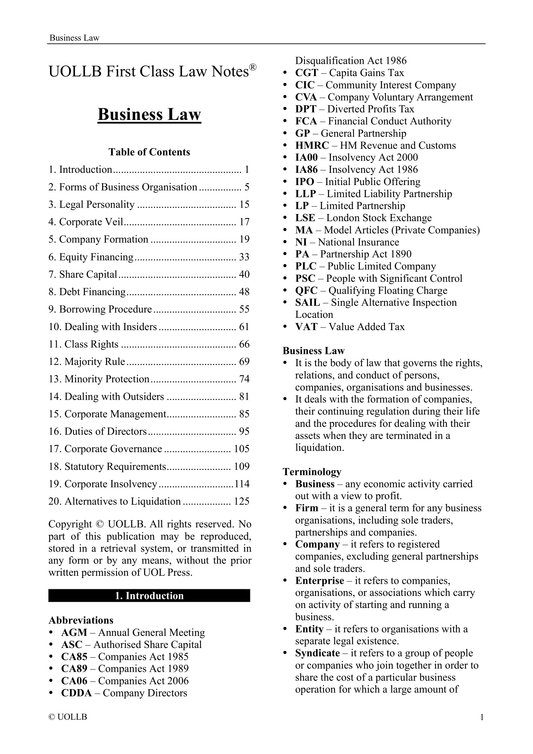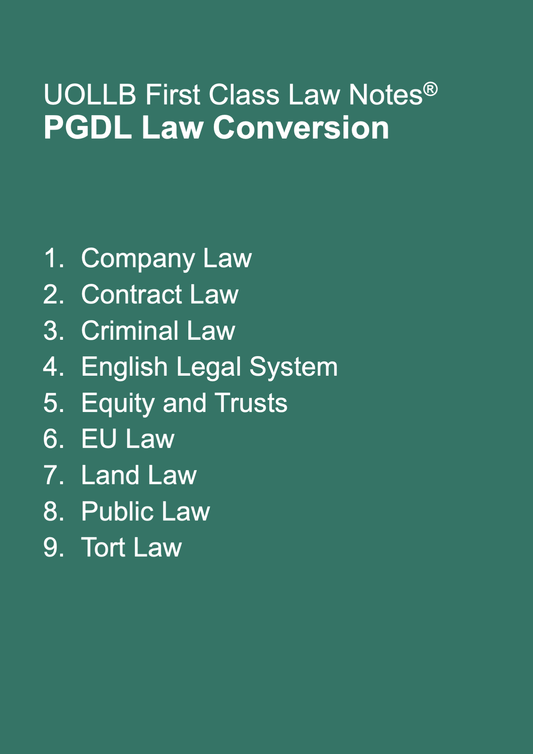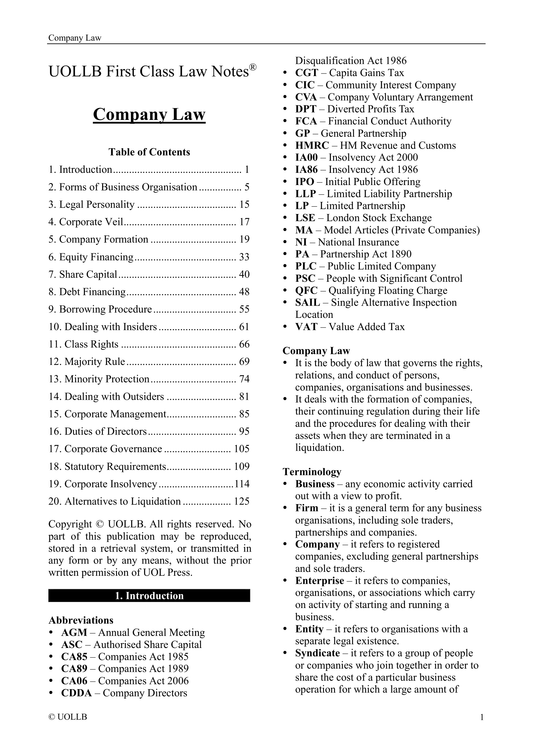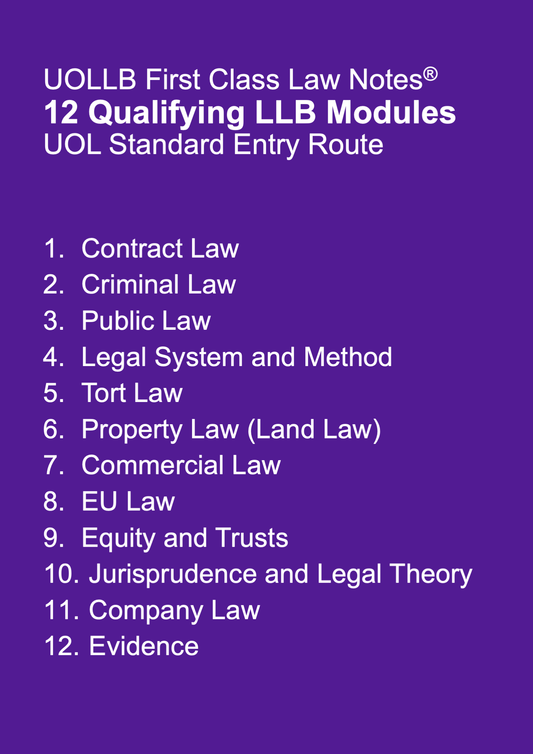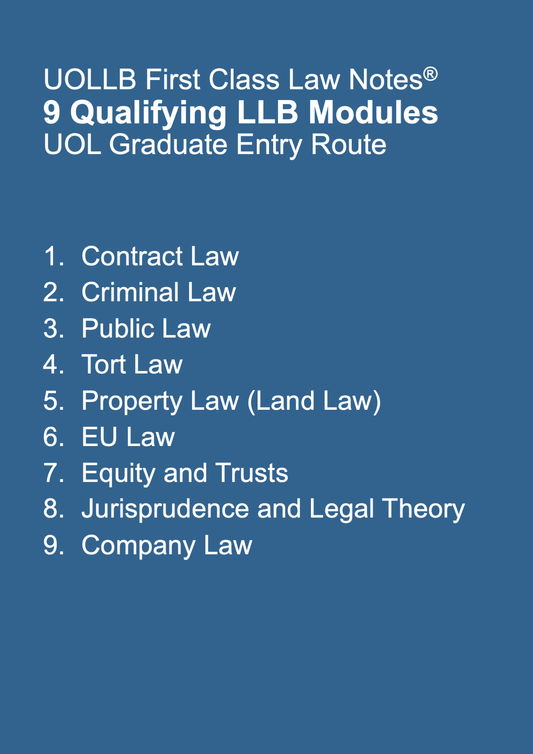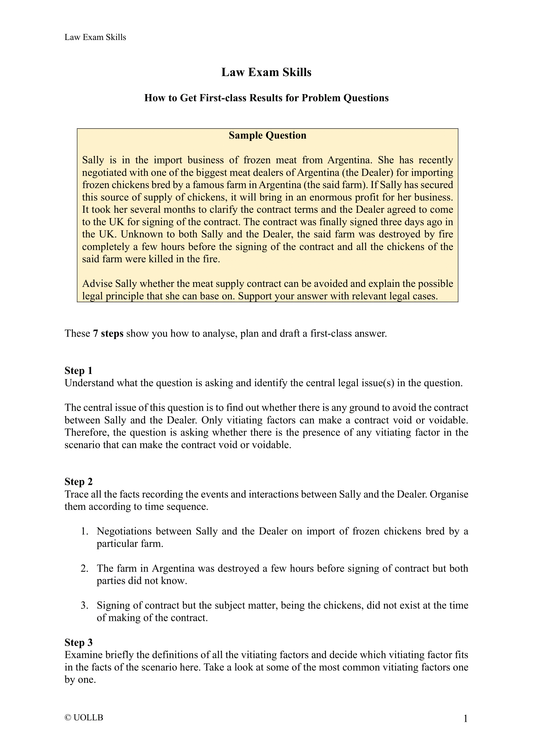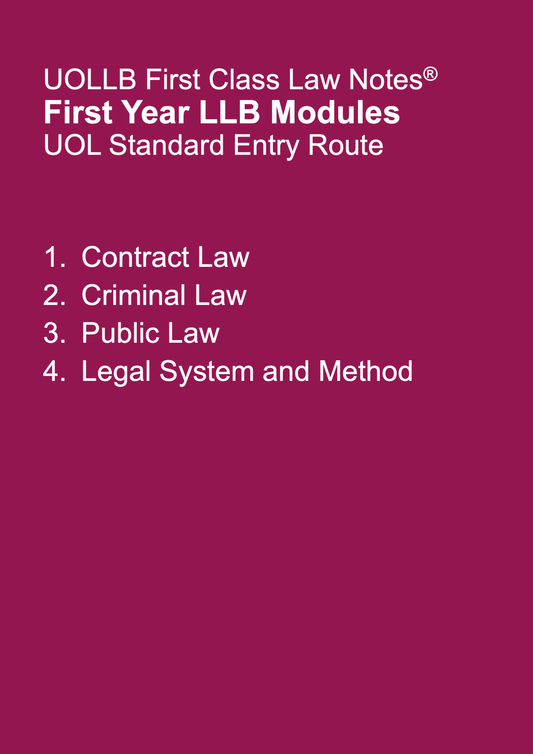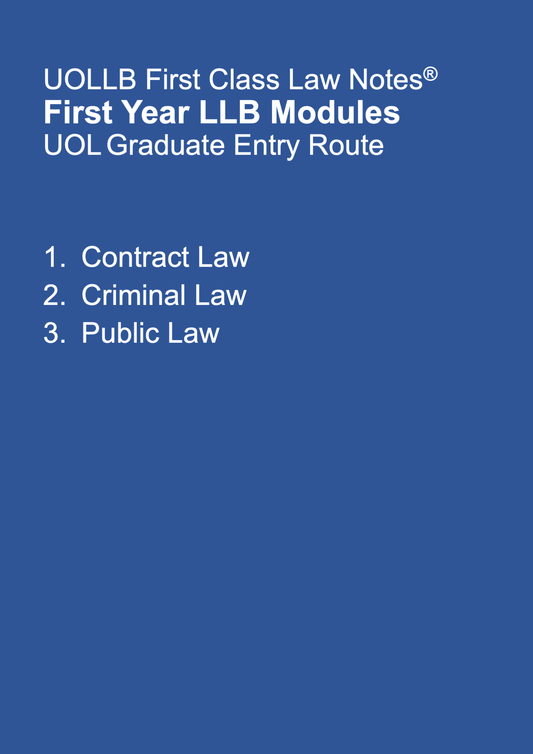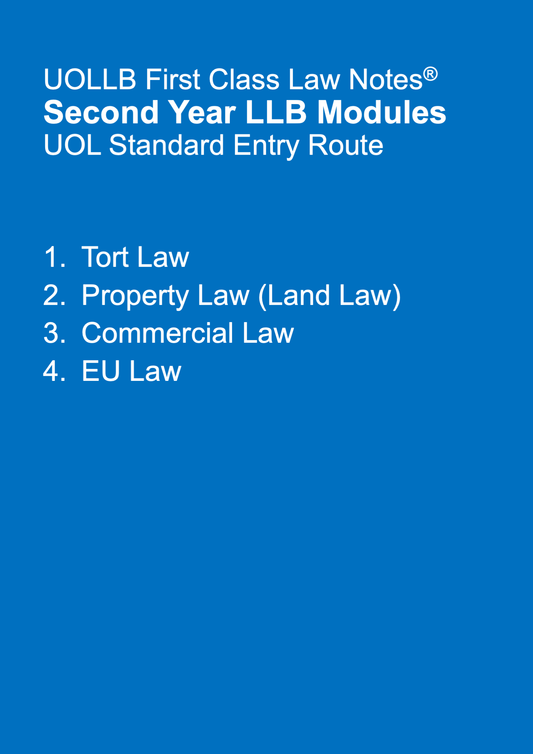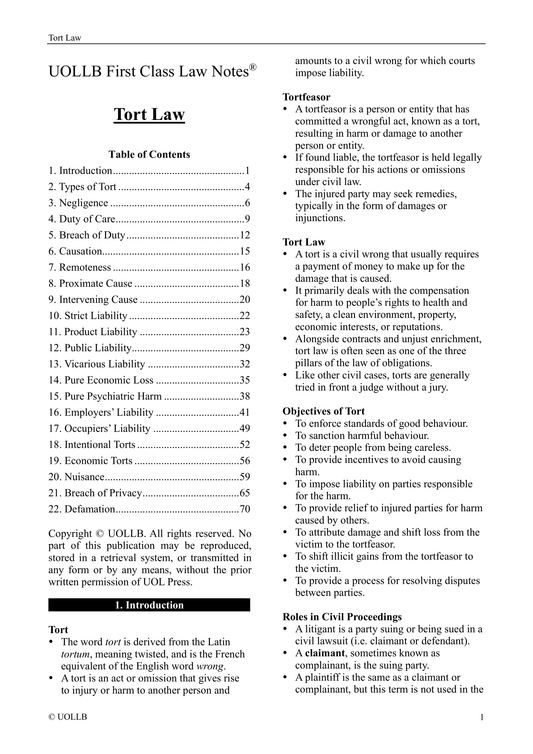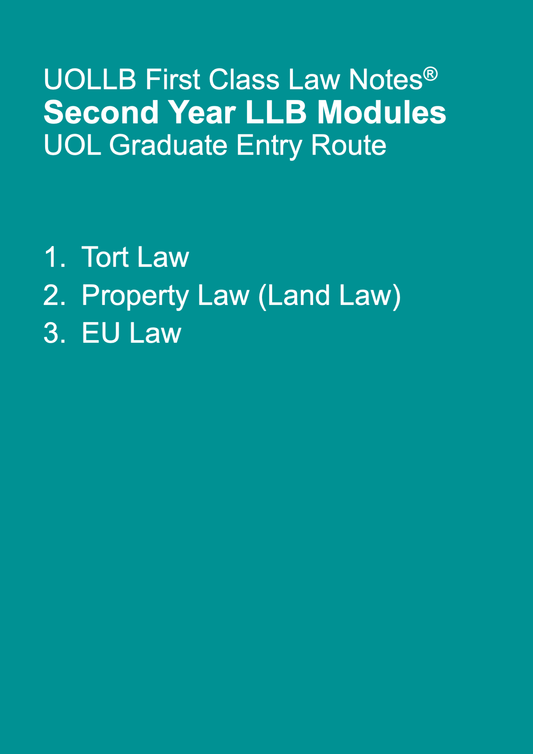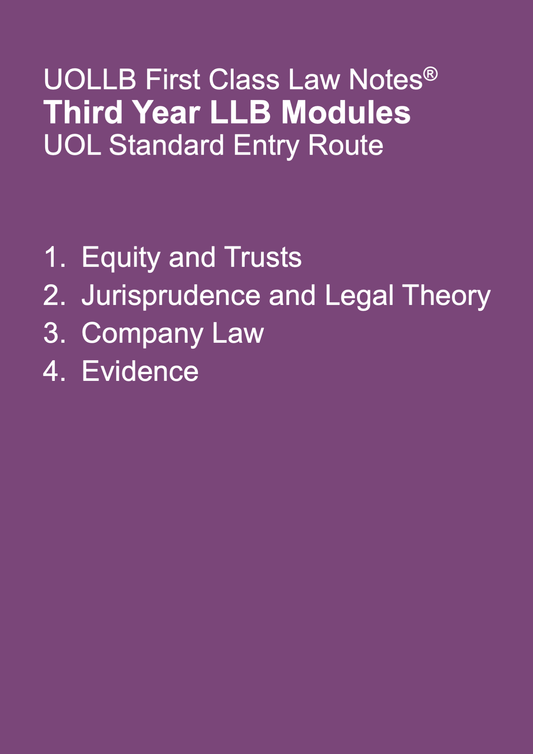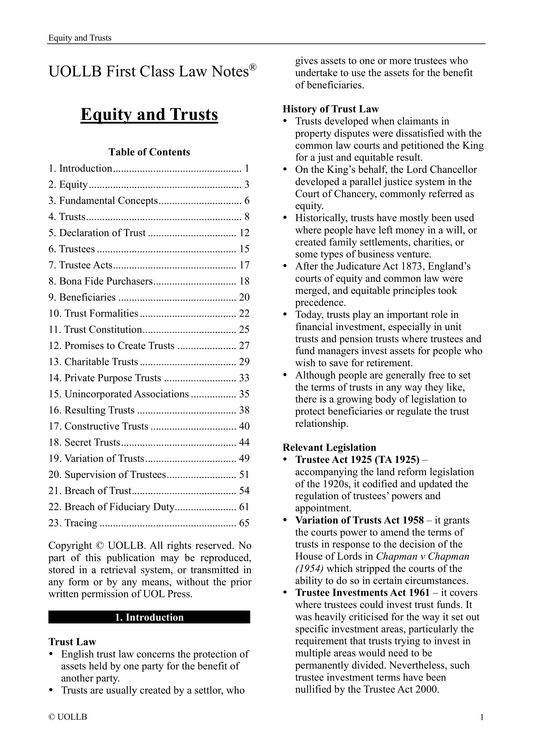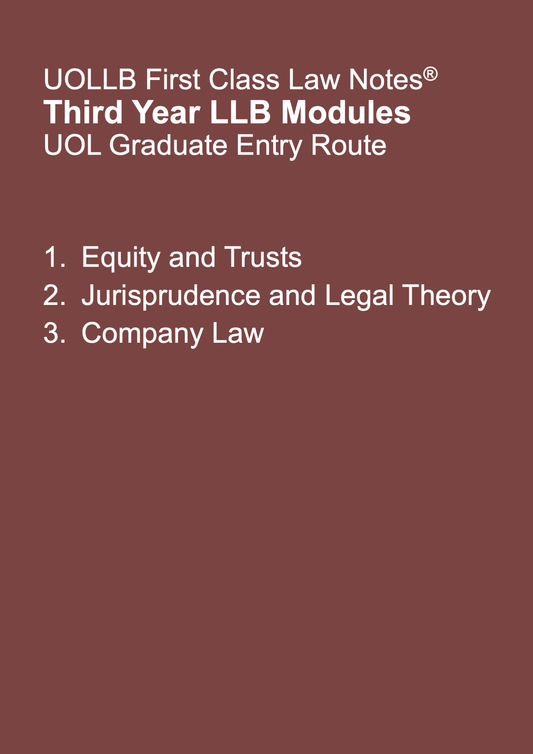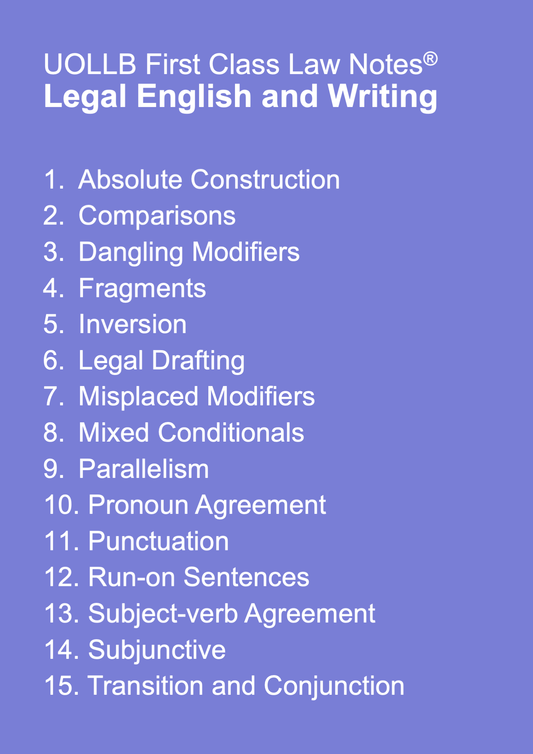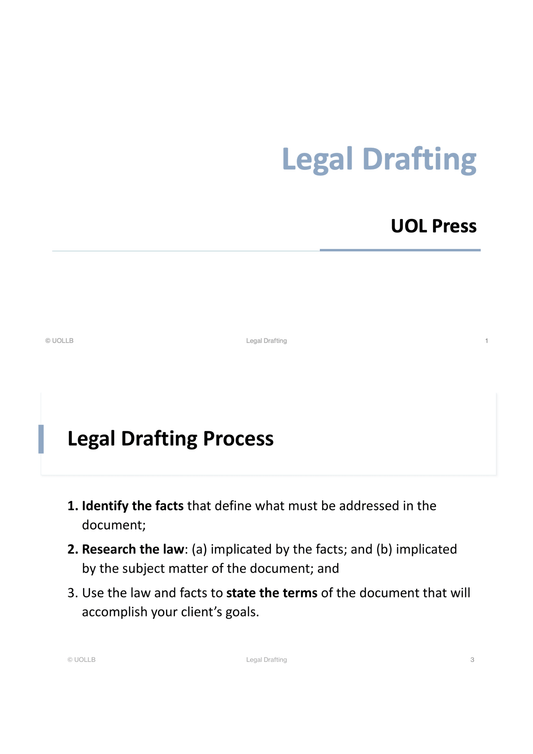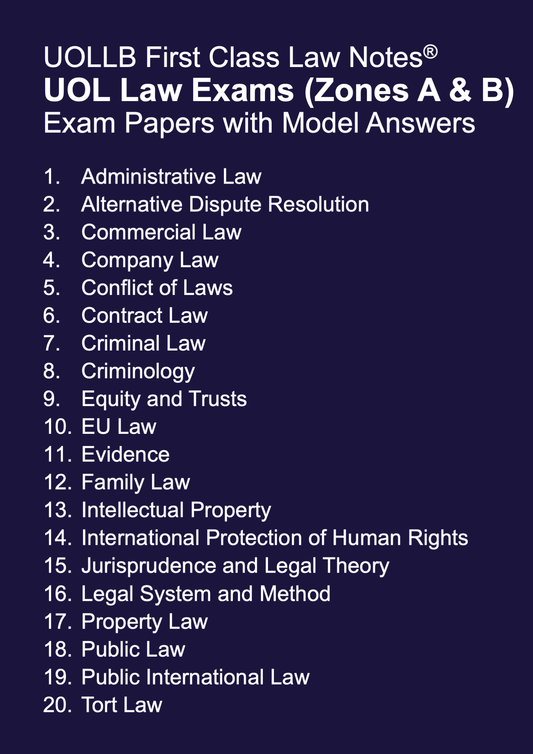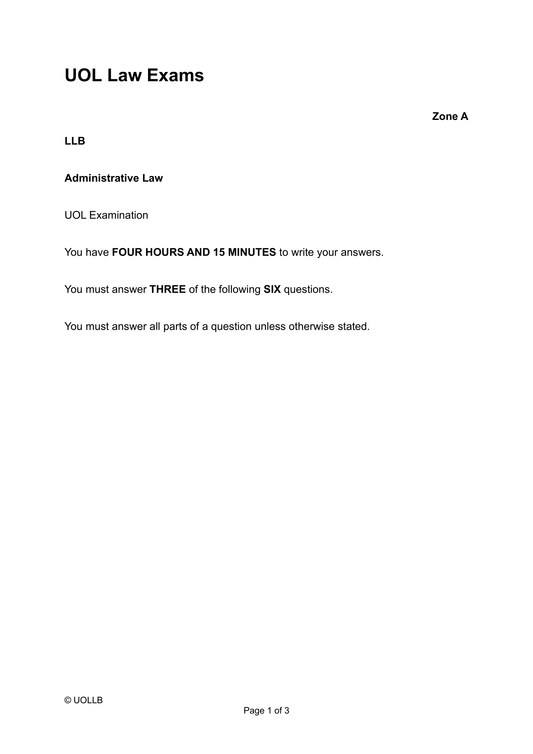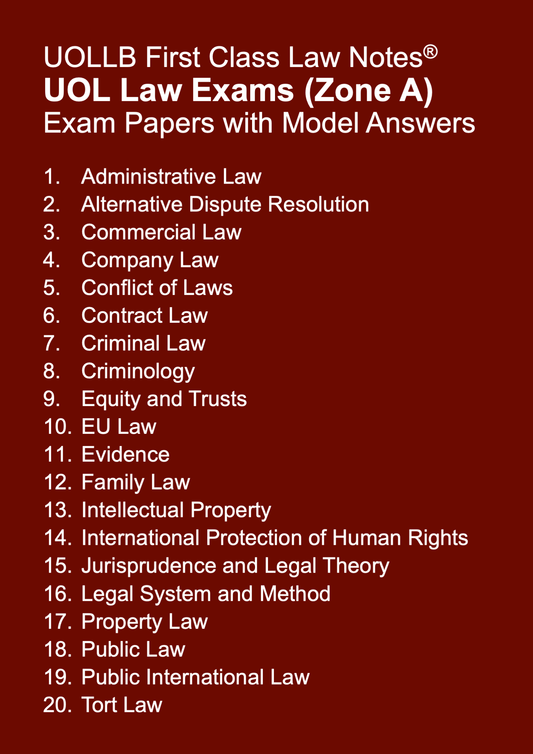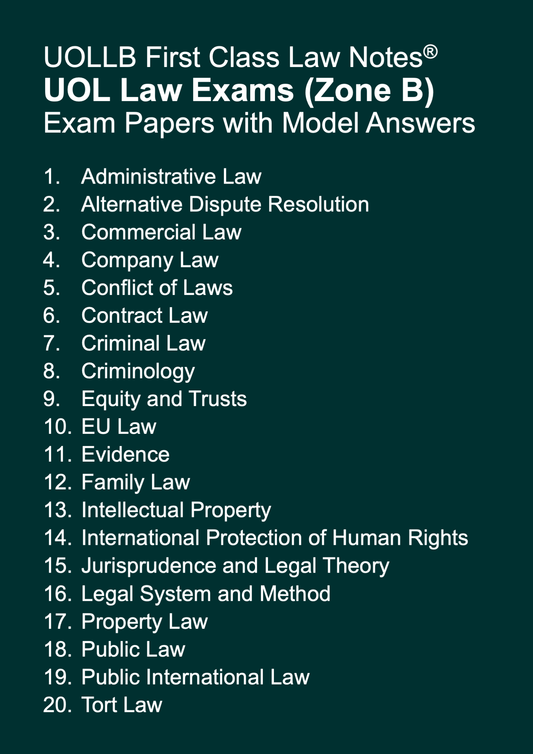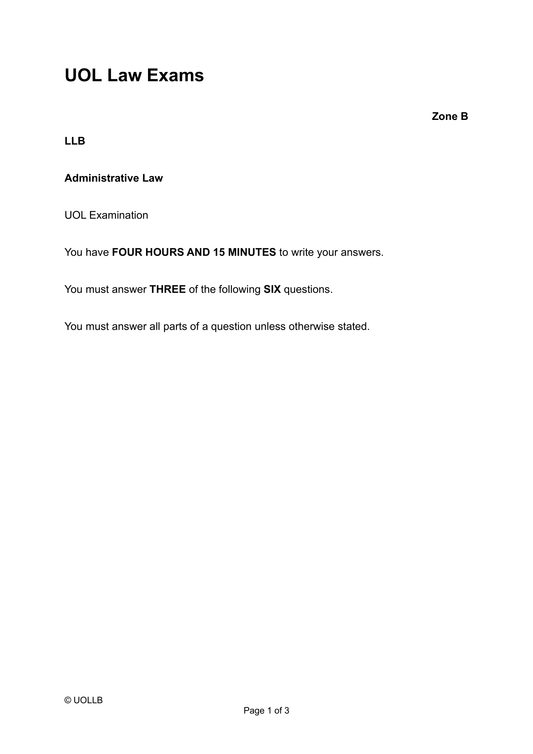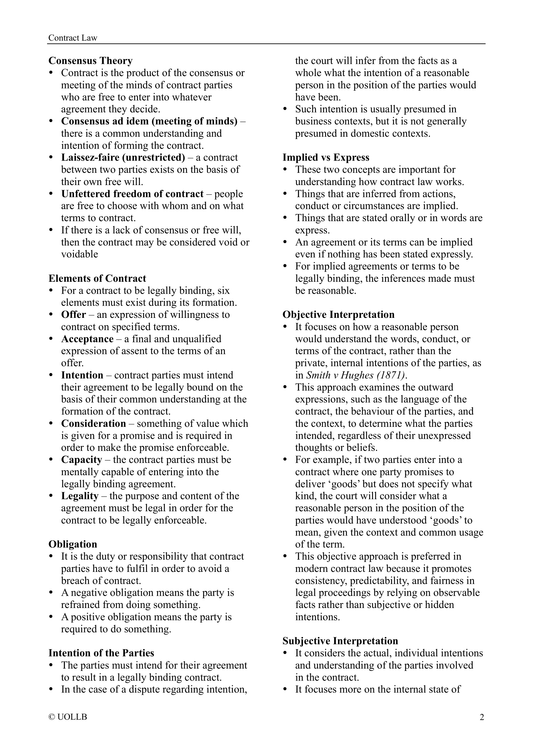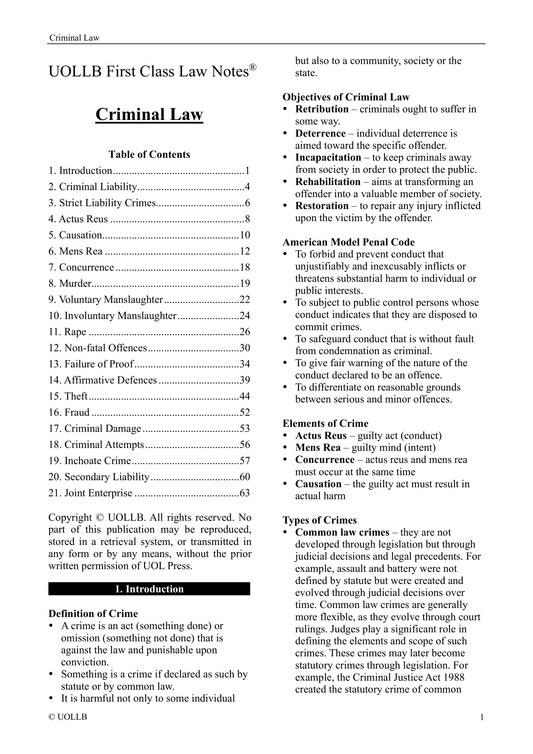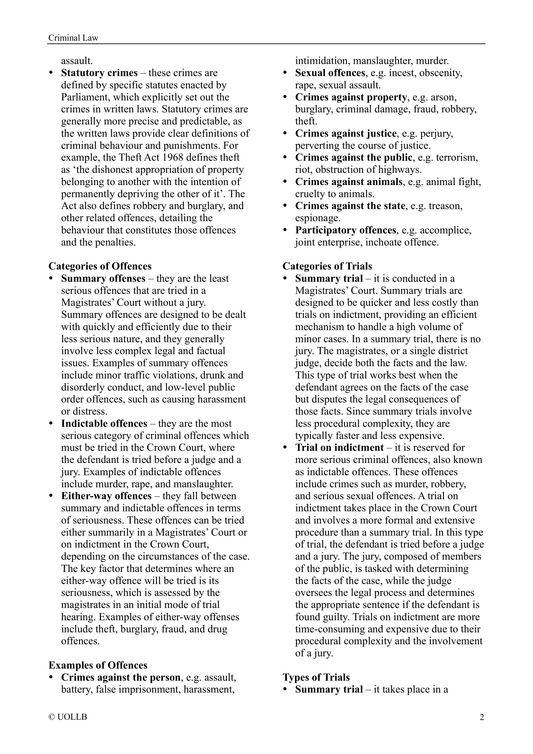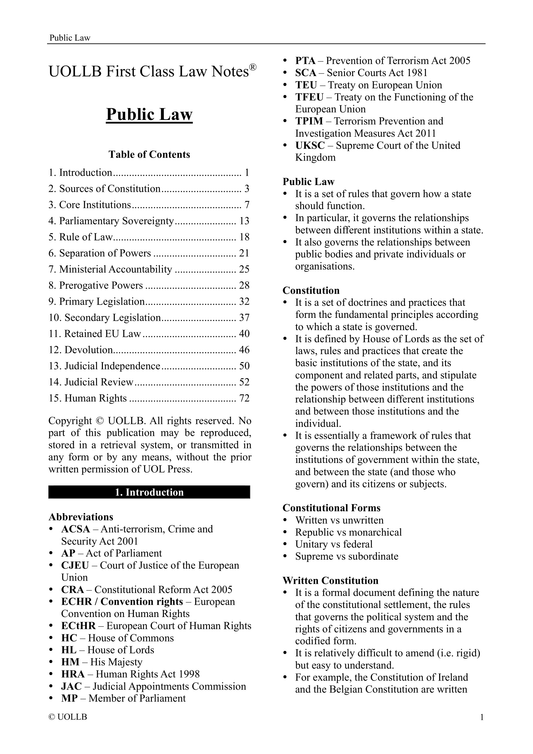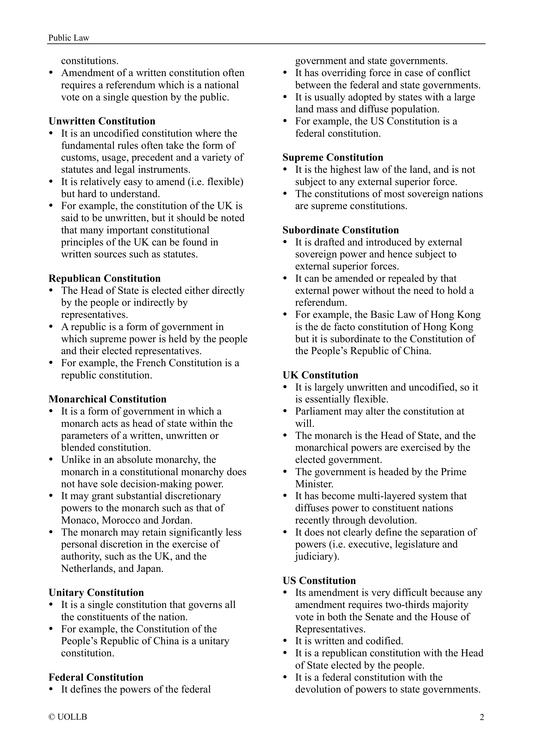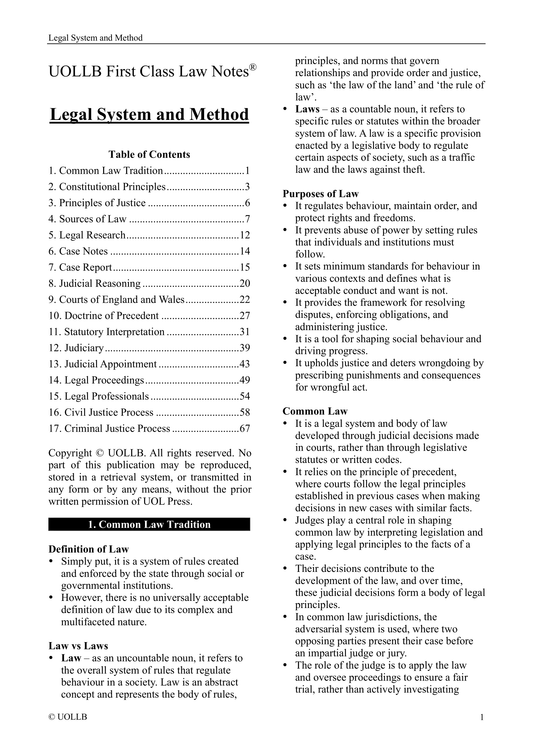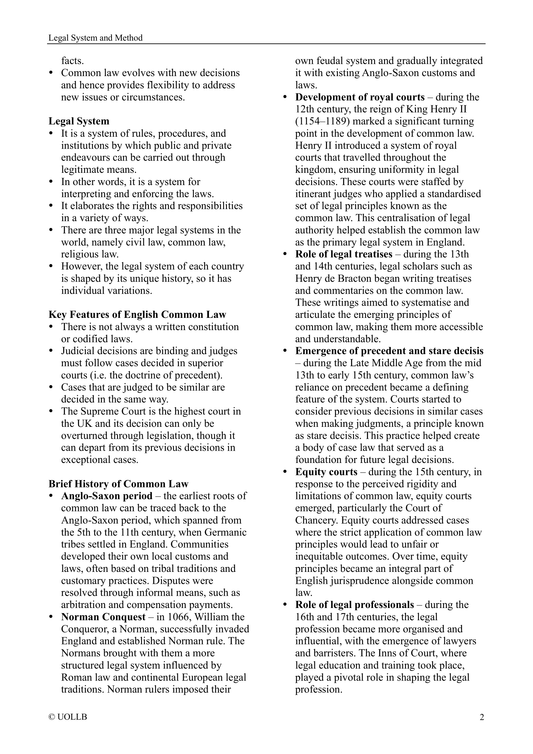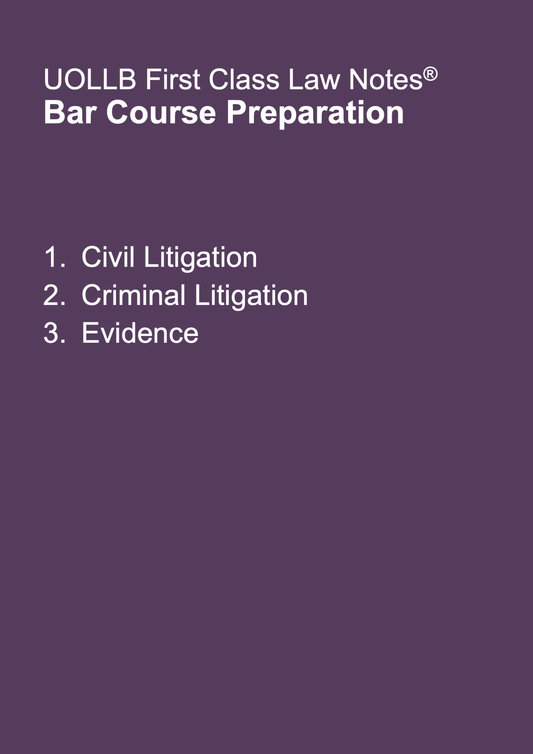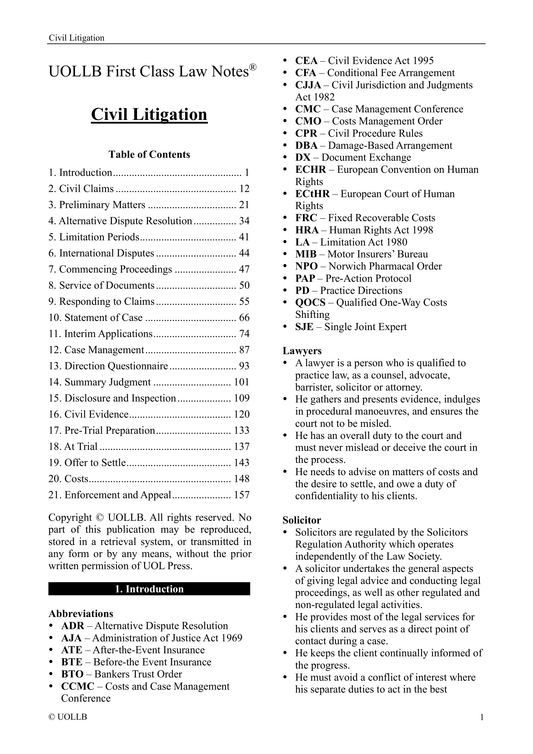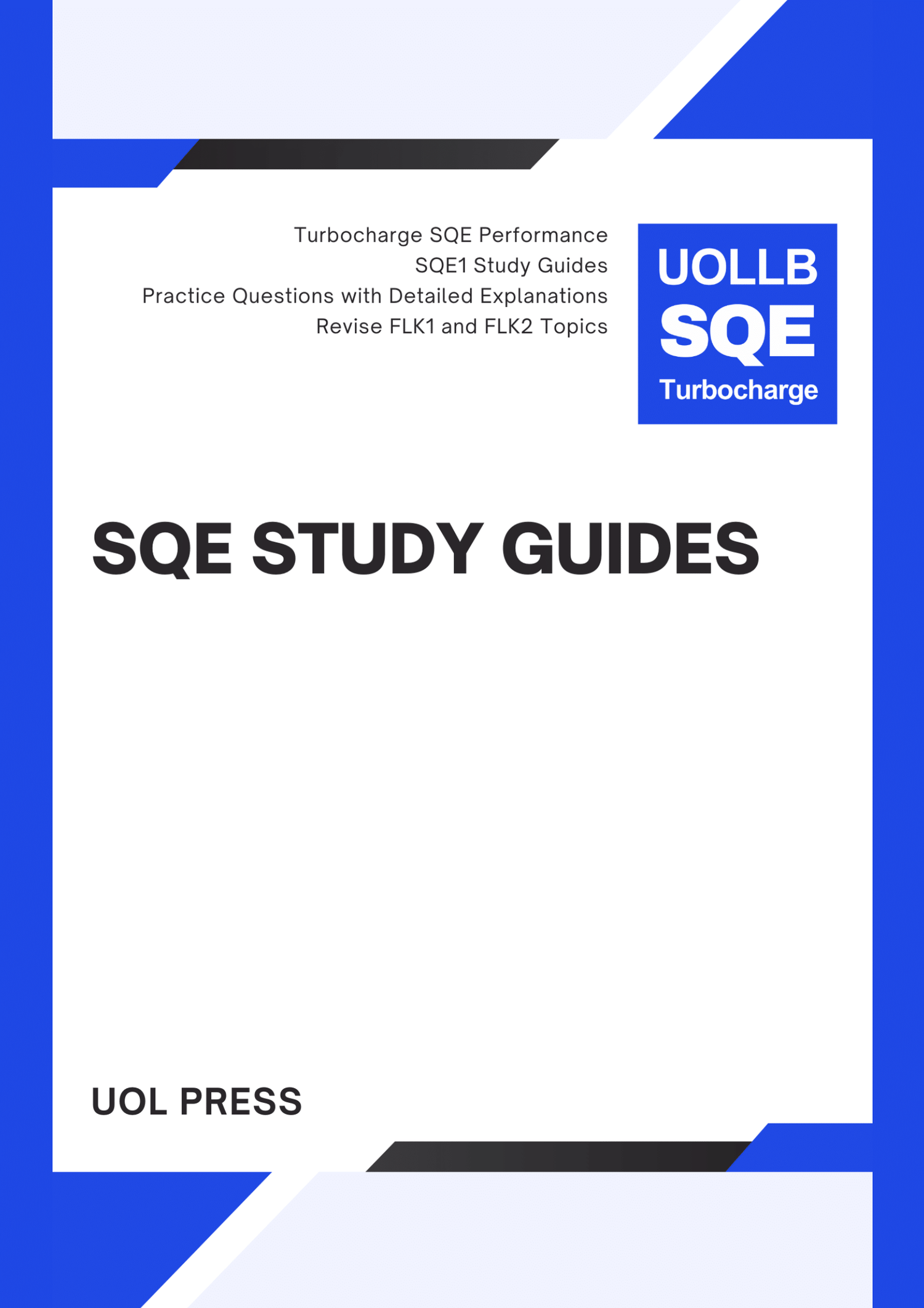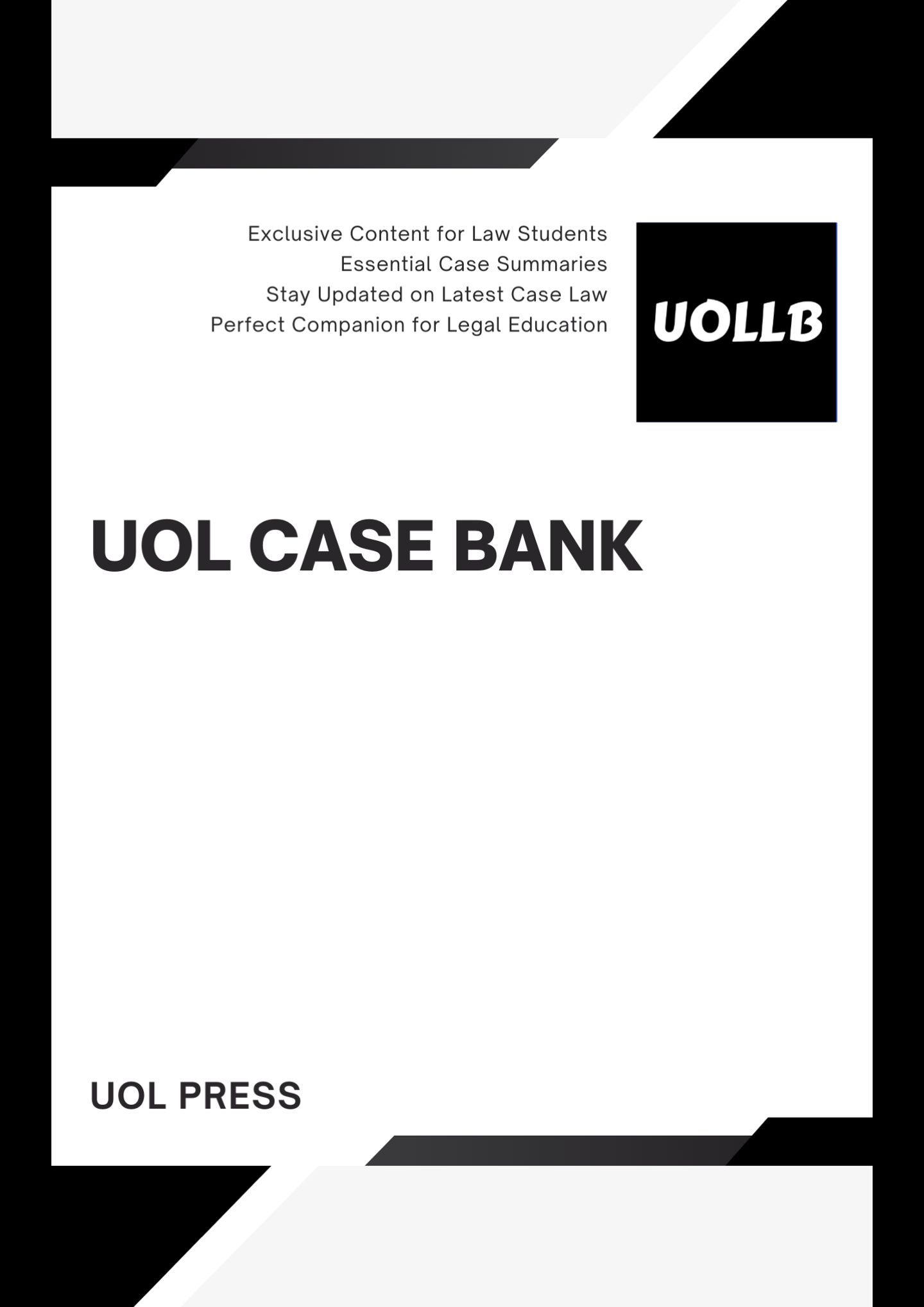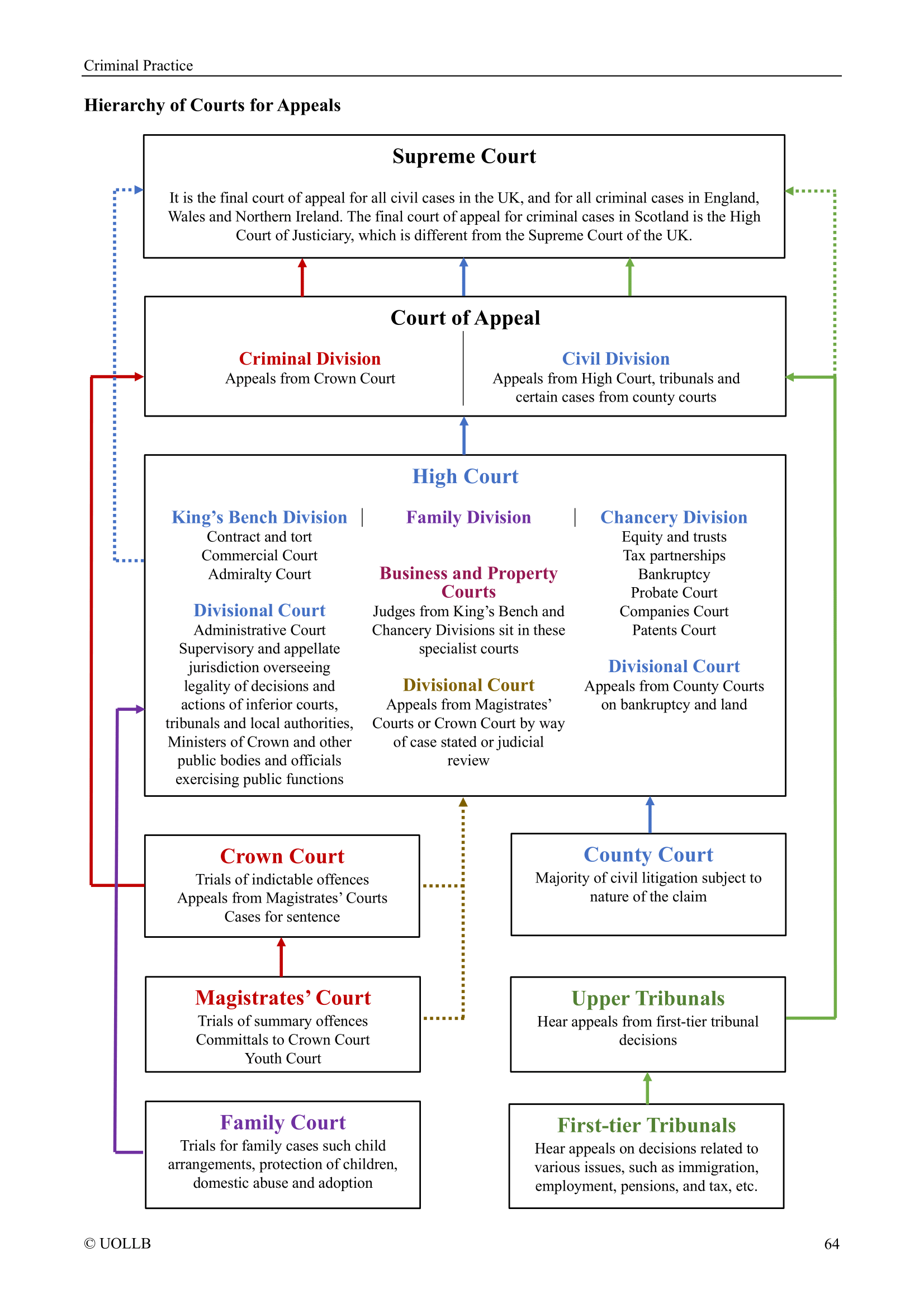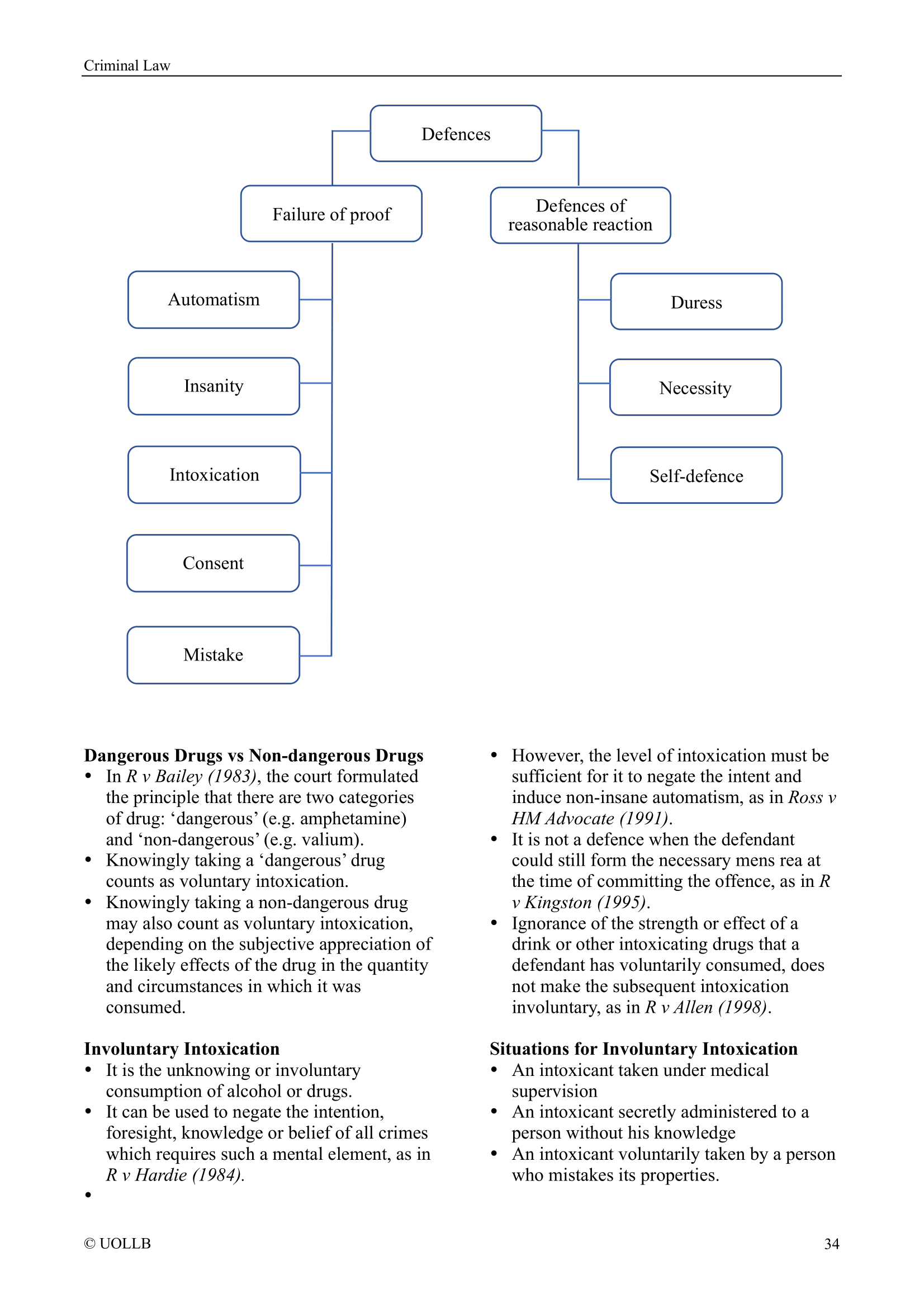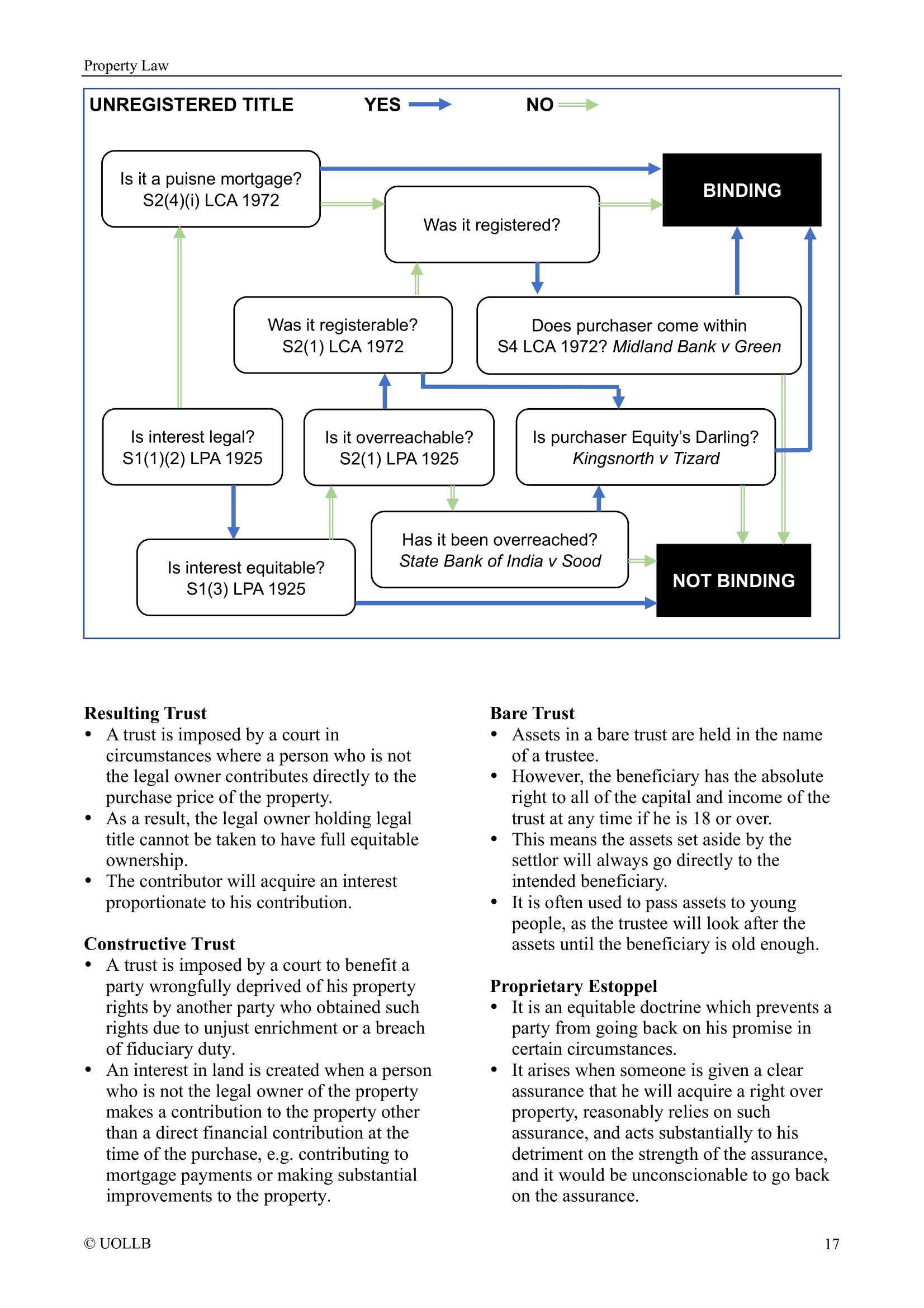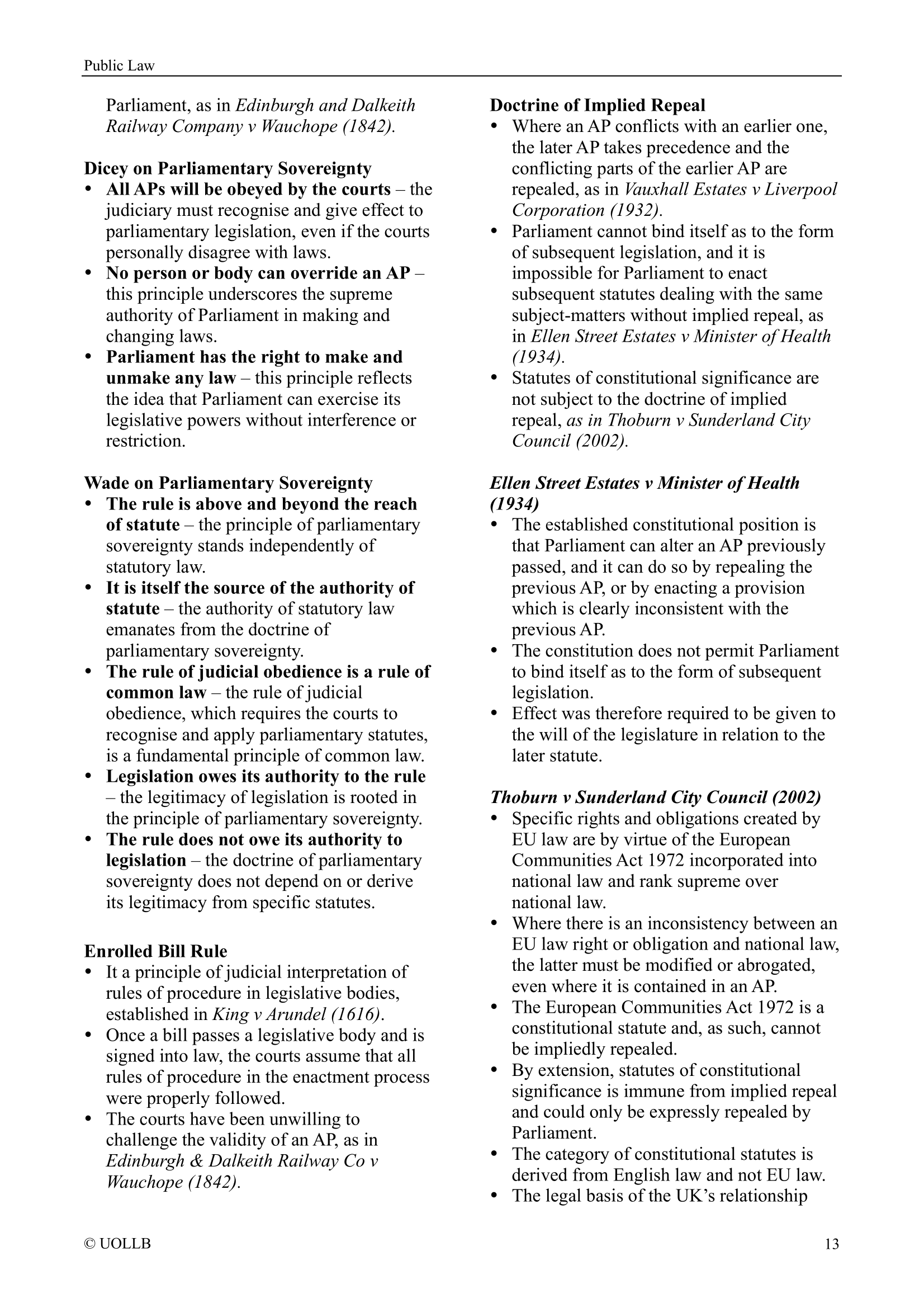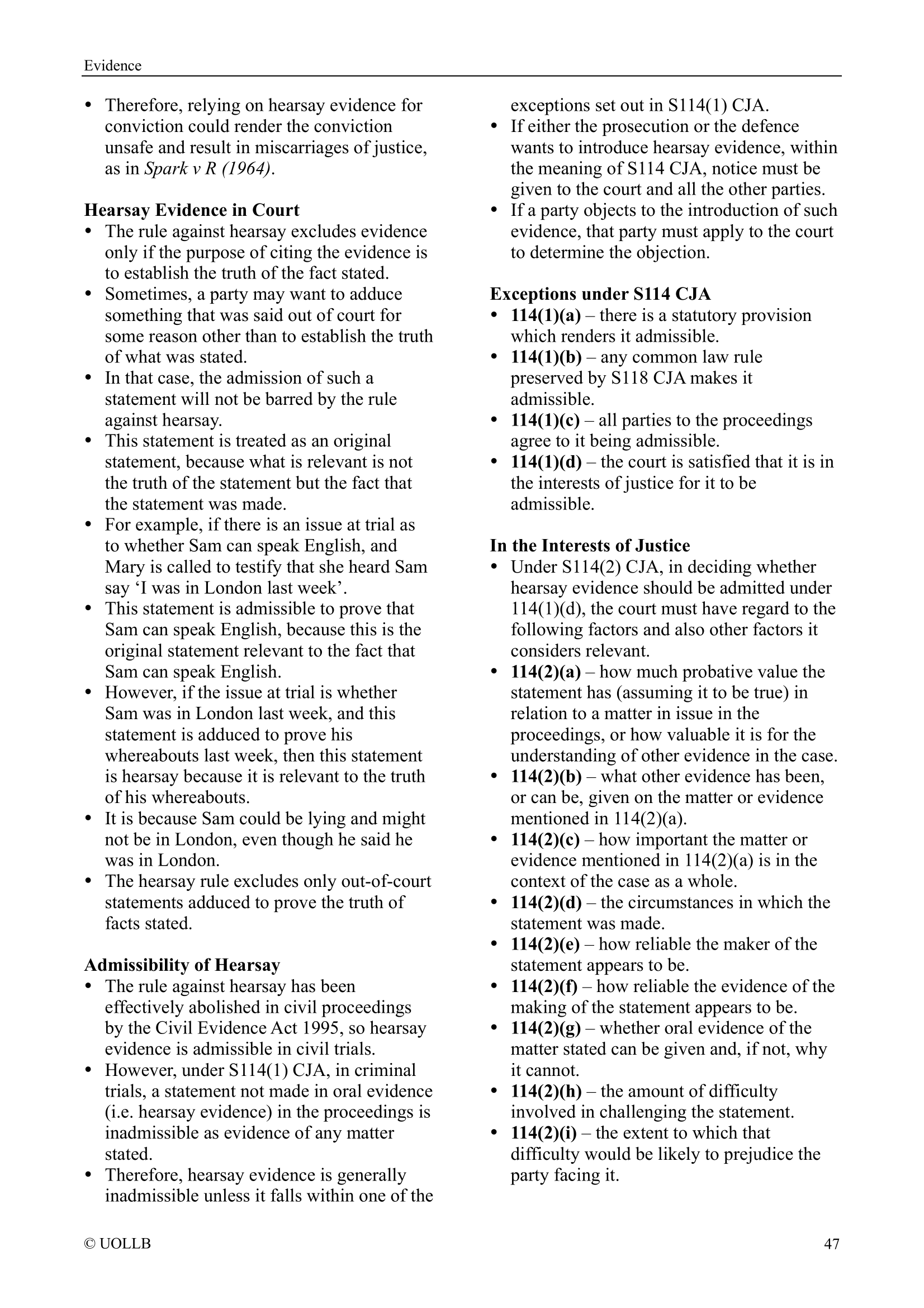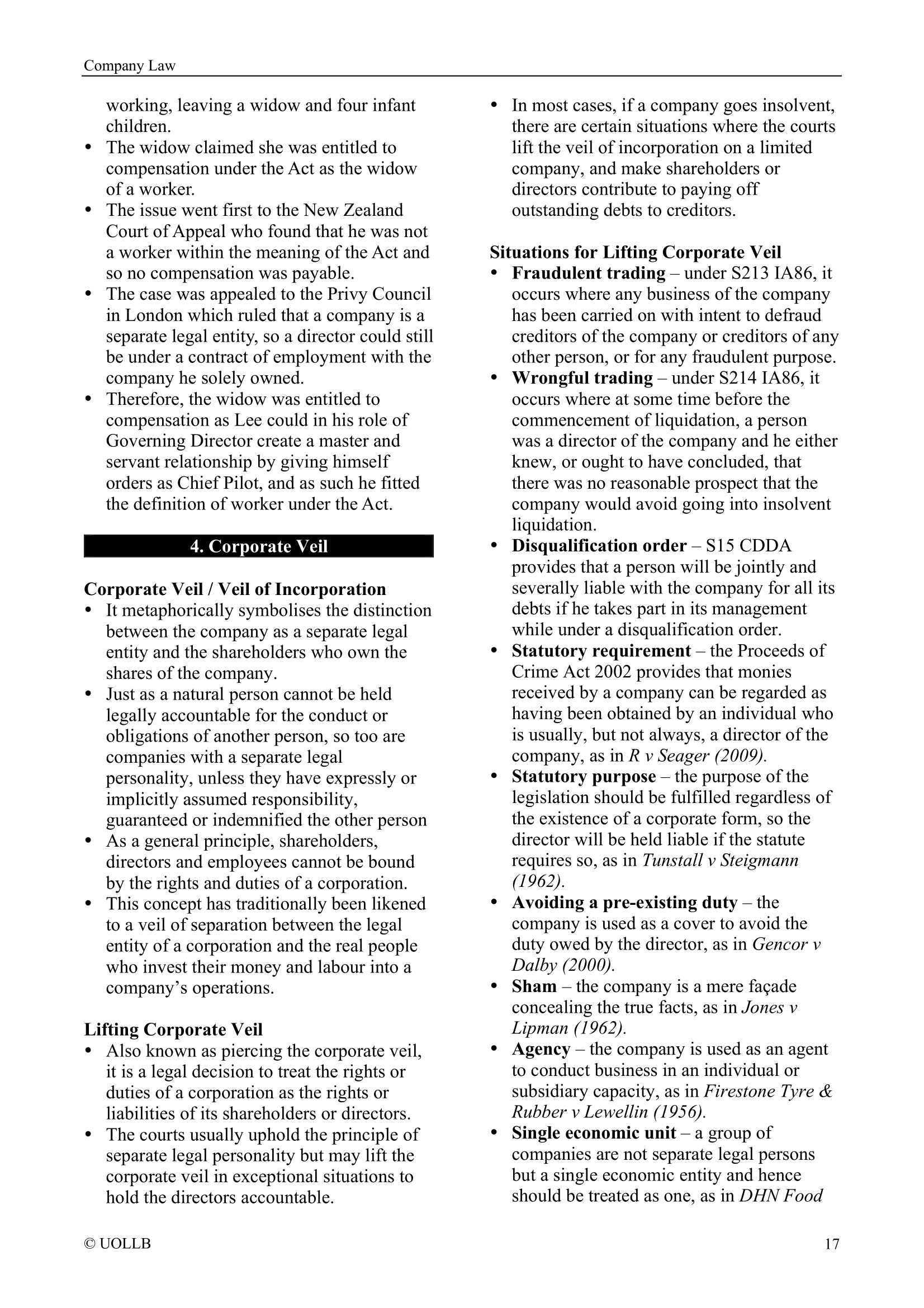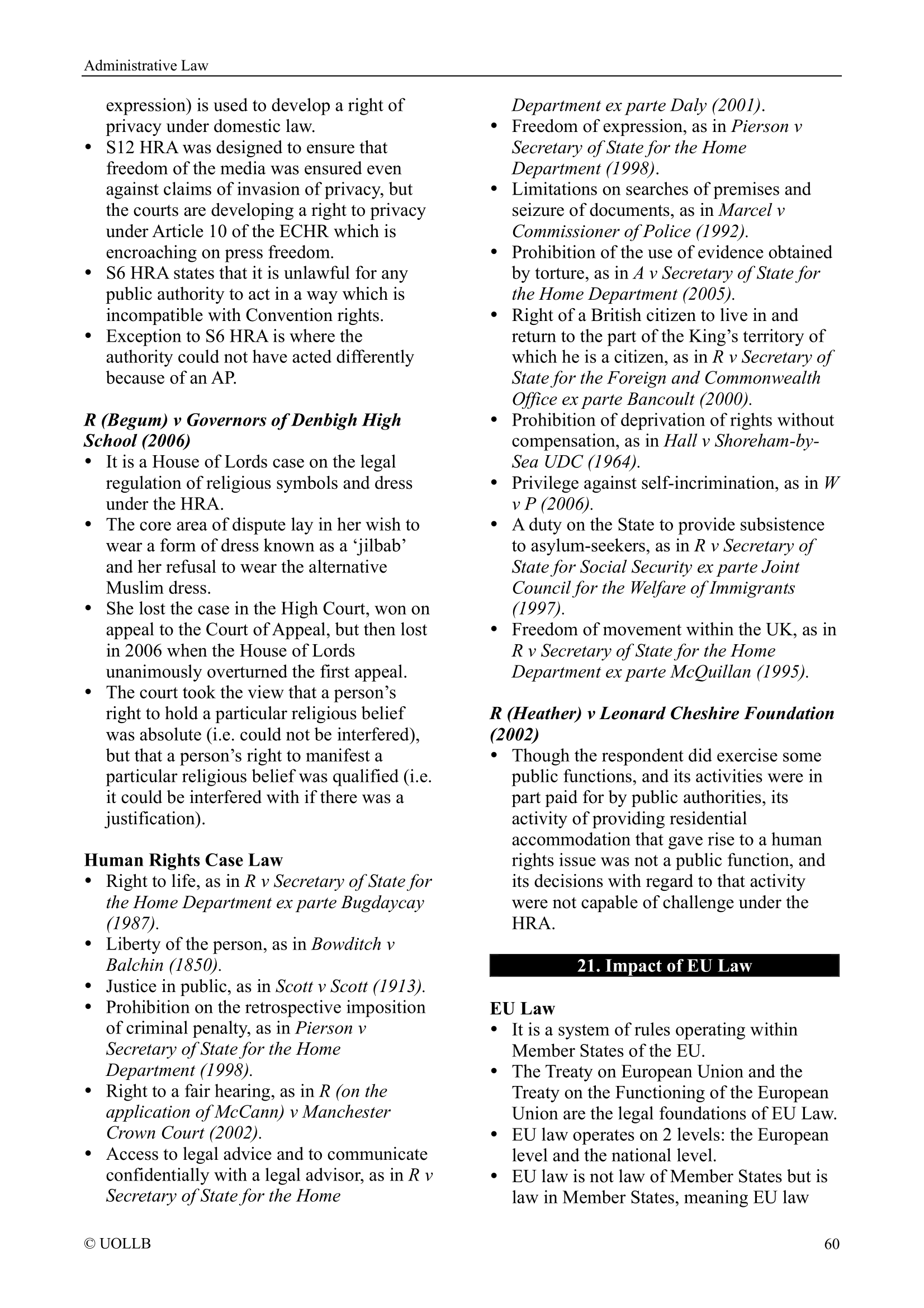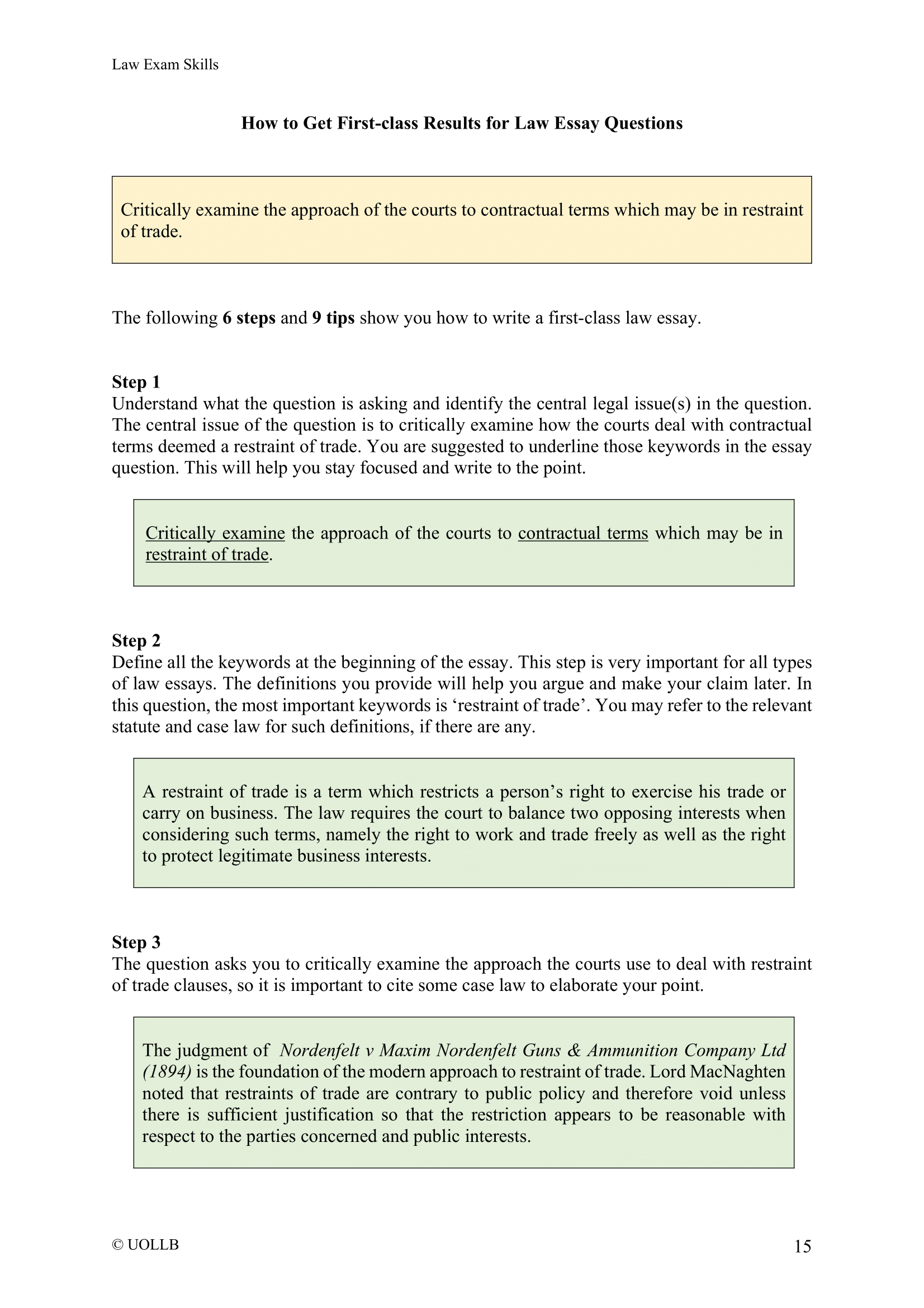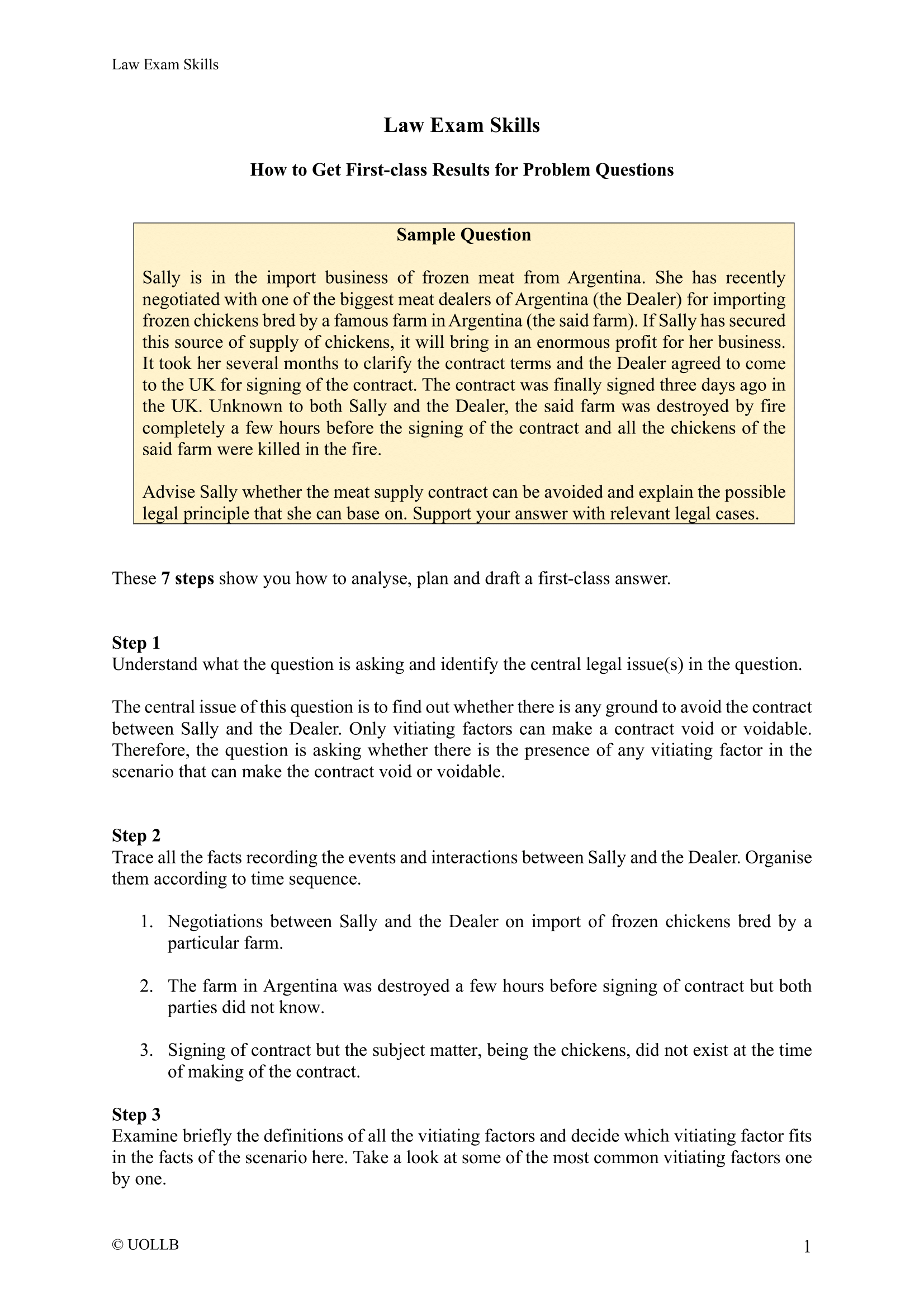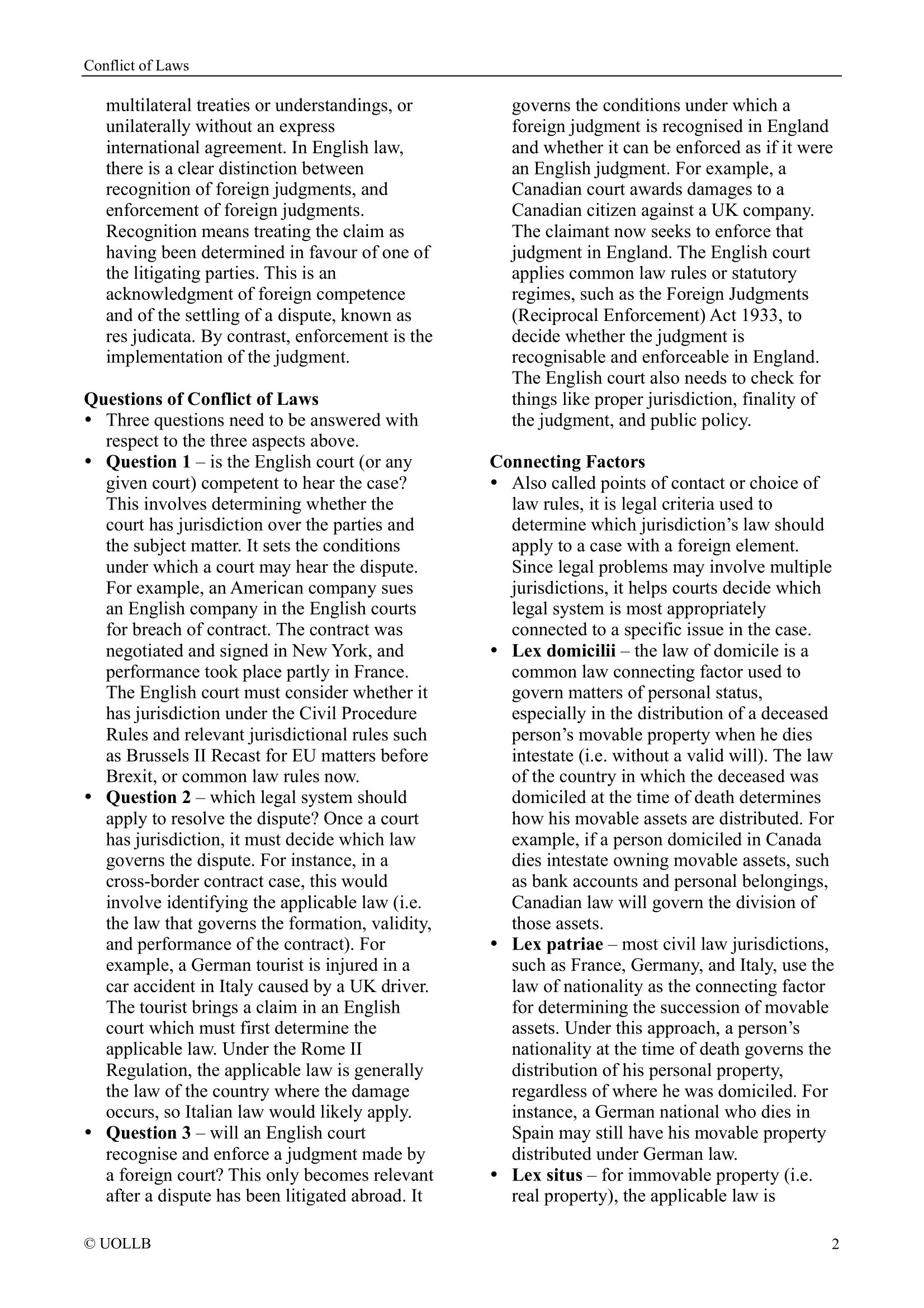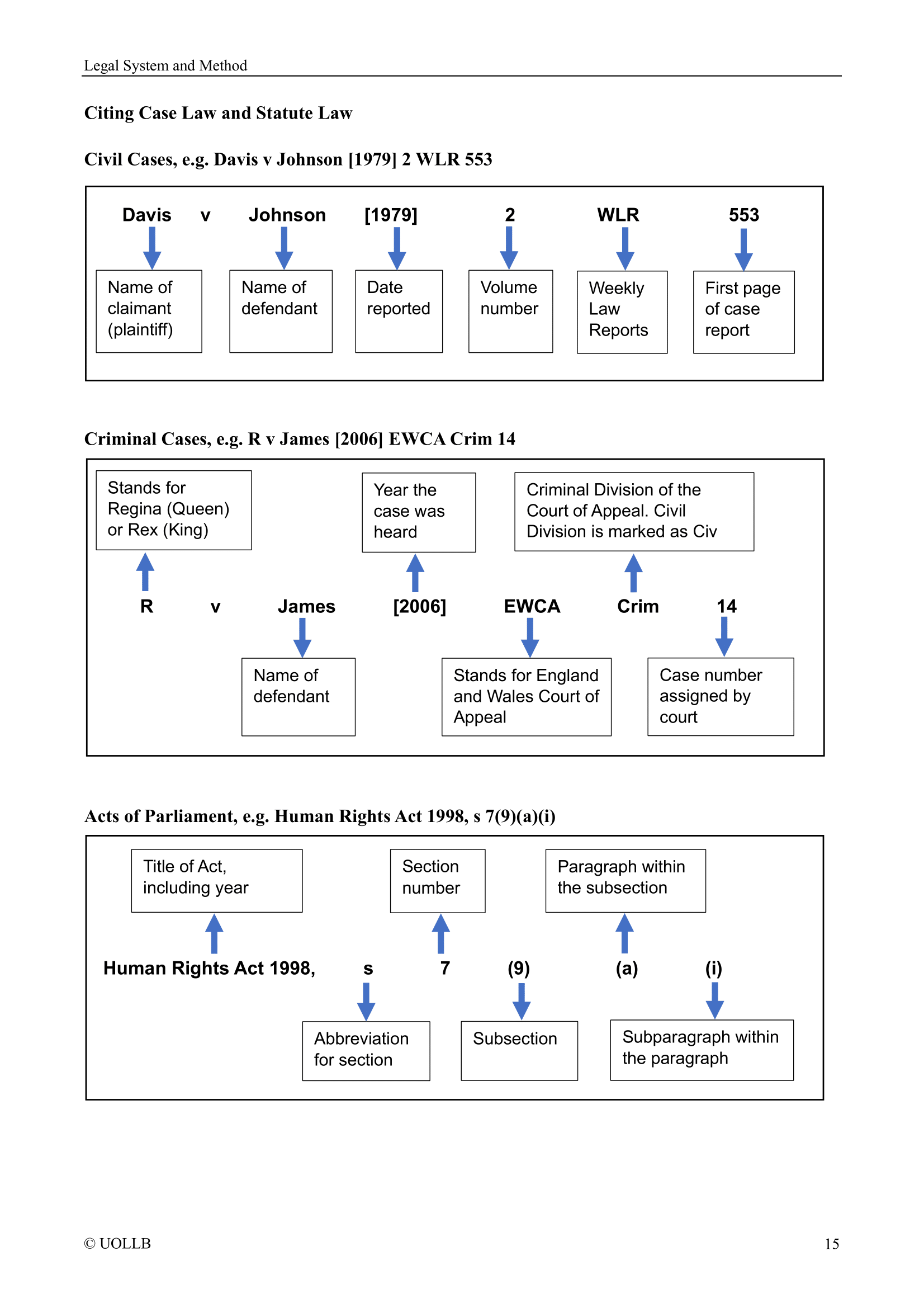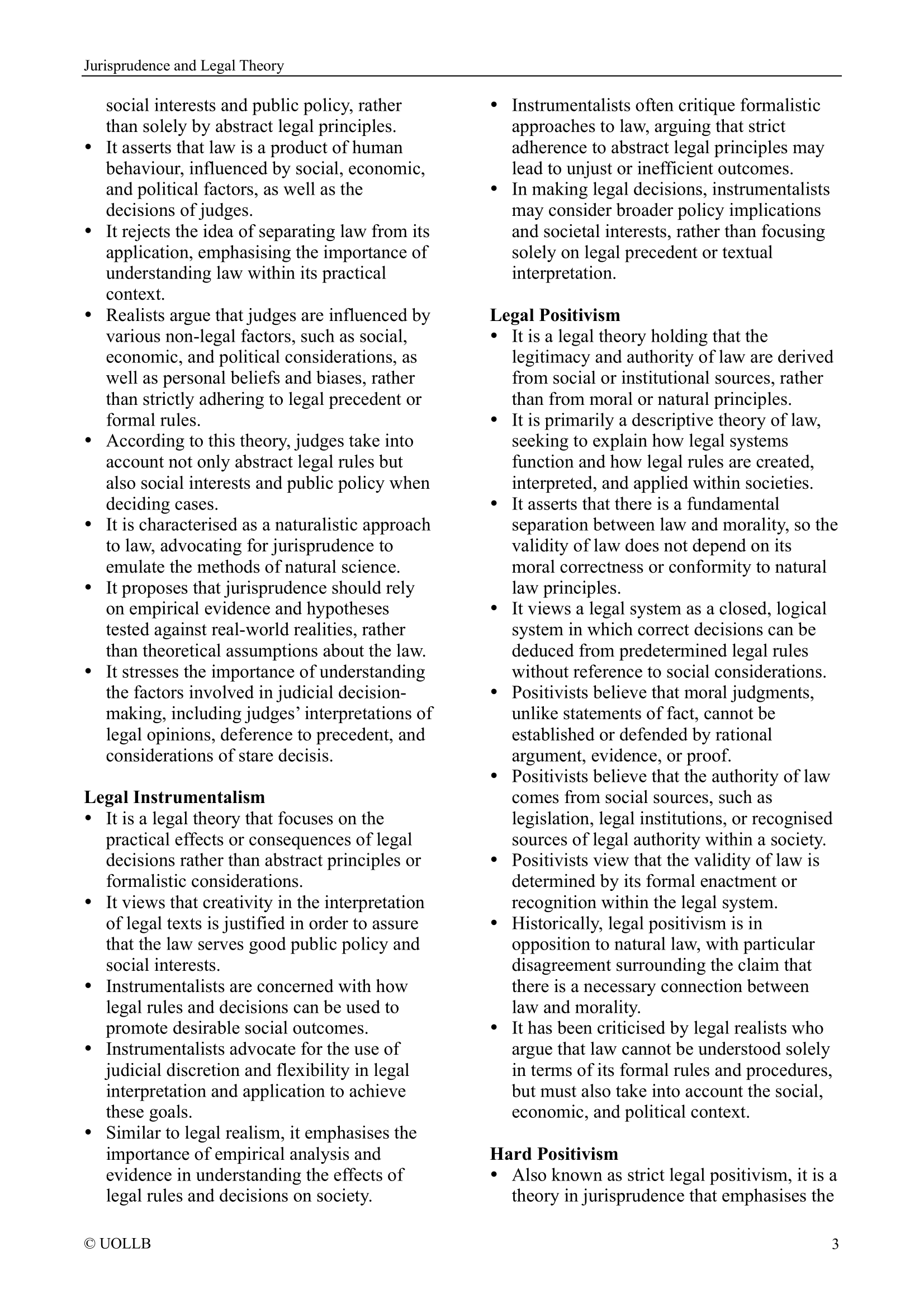R v Parker [1977]
Share
R v Parker [1977] 1 WLR 600 addressed the issue of recklessness in the context of criminal damage under Section 1 of the Criminal Damage Act 1971. The appellant's actions, resulting from frustration, raised questions about the circumstances under which a defendant's failure to contemplate the risk of damage could prevent a conviction.
The appellant, after unsuccessfully attempting to make a telephone call, vented his frustration by slamming the handset onto the telephone, causing damage. The key contention was whether the appellant, in his enraged state, had contemplated the risk of damaging the telephone.
The central legal question was under what circumstances a defendant's failure to contemplate the risk of damage would prevent a finding of guilt under the recklessness provision of Section 1 of the Criminal Damage Act 1971.
The court, building on the concept of Cunningham Recklessness established in R v Cunningham [1957], modified the recklessness test to clarify the relationship between intention and awareness of risk. The court held that willfuly ignoring the potential risk does not shield an individual from recklessness charges. Closing one's eyes to an obvious risk cannot serve as a sufficient defence.
In the specific circumstances of this case, where the damage to the phone was an obvious and even inevitable outcome of the appellant's actions, the court rejected the argument that the appellant had not contemplated the risk. Deliberately ignoring the foreseeable consequences was deemed equivalent to having knowledge of the risk in the eyes of the law.
Lane LJ, in delivering the judgment, emphasised that a person cannot escape the consequences of their actions by claiming they did not direct their mind to the obvious outcomes due to a self-induced state of temper. The court adopted a modified Cunningham test, stating that a defendant would be considered reckless for the purposes of Section 1 of the Criminal Damage Act 1971 if they carried out a deliberate act either with the knowledge of some risk of damage or by consciously closing their mind to an obvious risk while still proceeding with the act.
This decision provided clarity on the recklessness standard in criminal damage cases, emphasising the importance of awareness and intention in determining liability under the relevant legal provisions.
